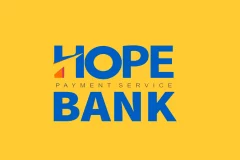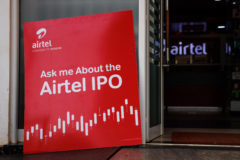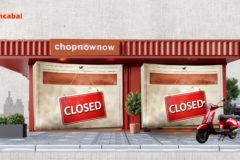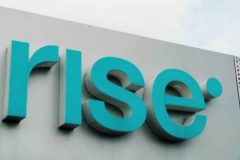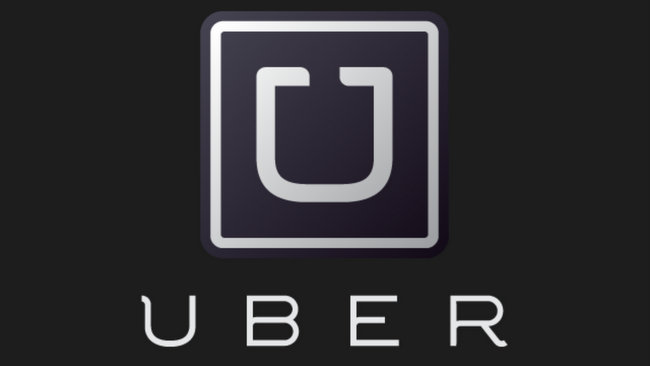
E-hailing service, Uber, recently revealed that the demand for its taxi service has grown a hundredfold since it began operation in Lagos.
The company also revealed that it has also recorded ten times growth in its supply index.
Uber could not provide the exact figures we are dealing with in this case due to a “global policy to not disclose numbers”. Theoretically, this hundredfold increase in demand and subsequent 10 fold increase in supply will lead to a short supply of taxis for prospective riders.
Speaking with Techcabal on how Uber plans to meet up with 100 fold increase in demand, Ebi Atawodi, General Manager, Uber Nigeria, says:
“We partner with the existing supply of licensed transport operators and our goal is to match demand with supply, which has been steadily growing. The question is not about the “number” of cars but rather the utilisation of those cars – it’s about ensuring cars are available when people want them wherever and whenever they want a ride … The thinking is to drive more usage per vehicle which leads to less congestion, higher earnings and a smarter city.”
From this it can be deduced that the aforementioned theory, of demand outweighing supply, will come into play.
Uber, however, appears to have found a way around this, as it has began surge pricing to get more vehicles on the road in periods of high demand.
Surge pricing comes into play when there are less cars on the road to meet up with demand, the increase rate will therefore get the drivers out.
On Surge pricing, Ebi Atawodi says,
“It means we can have cars on the road at times of high demand. It’s dynamic pricing that kicks in when we have huge demand during peak times like heavy rain, New Year’s eve etc. but quickly switches back once demand plateaux. Surge pricing helps get more cars on the road quickly when demand peaks, helping to guarantee the Uber reliability users count on. And there is absolute price transparency around this too. Before you order a car the app will ask you to confirm that you agree to the fare increase. What’s even better is that if you are not in a rush you can click to be alerted to when the surge pricing is over.”
The demand for Uber currently outweighs supply and surge pricing is ongoing until demand and supply evens out. But in a case where demand constantly exceeds supply, surge pricing might come into play more often than not. If this should be the case, riders can only hope Uber signs up more transport operators.














